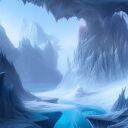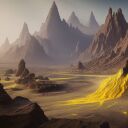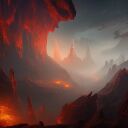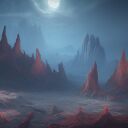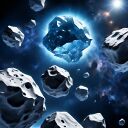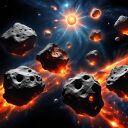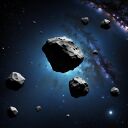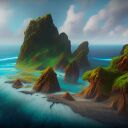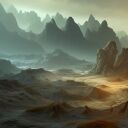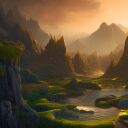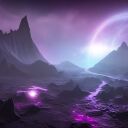More actions
Add asteroid table |
|||
| Line 2: | Line 2: | ||
=== Barren === | === Barren === | ||
{| class="wikitable" | {| class="wikitable" | ||
! | ! | ||
!Climate | !Climate | ||
| Line 28: | Line 27: | ||
|Barren, desolate worlds with little or no atmosphere that lack the conditions necessary to support life. They may be covered in craters, mountains, and rocky outcroppings, and their surface may be subject to intense temperature variations. | |Barren, desolate worlds with little or no atmosphere that lack the conditions necessary to support life. They may be covered in craters, mountains, and rocky outcroppings, and their surface may be subject to intense temperature variations. | ||
|} | |} | ||
==== Terraformation ==== | |||
Some barren worlds can be terraformed into worlds, which costs power and energy. | |||
=== Asteroid === | === Asteroid === | ||
Space-rocks which tend to provide crucial resources for building ships. | |||
{| class="wikitable" | |||
! | |||
!Climate | |||
!Resources | |||
!Description | |||
|- | |||
|[[File:Asteroid ice.jpg|center|thumb|128x128px]] | |||
|Ice | |||
| | |||
|Asteroids that are composed mainly of ice, such as frozen water or other volatile compounds. They may have a rocky or metallic core, but their surface is covered with a layer of ice. | |||
|- | |||
|[[File:Asteroid molten.jpg|center|thumb|128x128px]] | |||
|Molten | |||
| | |||
|Asteroids that have been heated to the point of melting, either through internal heat sources or external impacts. They may have a rocky or metallic core, but their surface is molten and may be covered in lava flows or volcanic features. | |||
|- | |||
|[[File:Asteroid rocky.jpg|center|thumb|128x128px]] | |||
|Rocky | |||
| | |||
|Asteroids that are made up of primarily rocky material, such as silicates or metals. They may have a surface layer of dust or regolith, and can range in size from small boulders to large chunks of rock. | |||
|} | |||
=== Giant === | === Giant === | ||
| Line 111: | Line 135: | ||
=== Broken === | === Broken === | ||
These once were worlds, but were violently destroyed by some cataclysmic event. | These once were worlds, but were violently destroyed by some cataclysmic event. | ||
Revision as of 19:41, 17 July 2024
Planets are astronomical bodies that exist within star systems, outside of stars.
Barren
Terraformation
Some barren worlds can be terraformed into worlds, which costs power and energy.
Asteroid
Space-rocks which tend to provide crucial resources for building ships.
Giant
Giants are celestial bodies that are much larger than worlds but smaller than stars, that are mostly composed of gas.
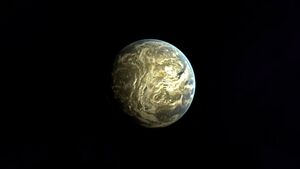
World
Worlds are habitable planets that can be colonized.
Broken
These once were worlds, but were violently destroyed by some cataclysmic event.
